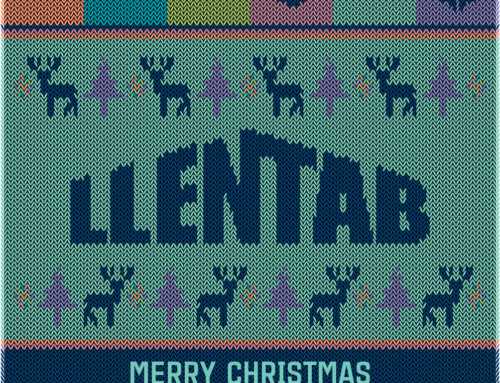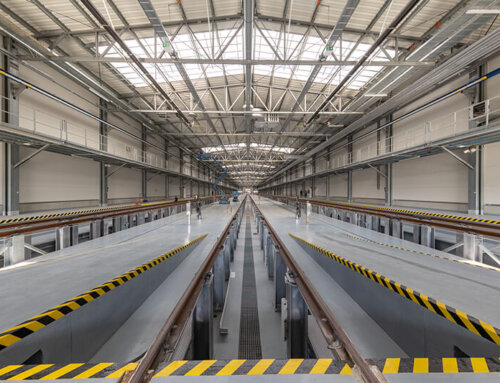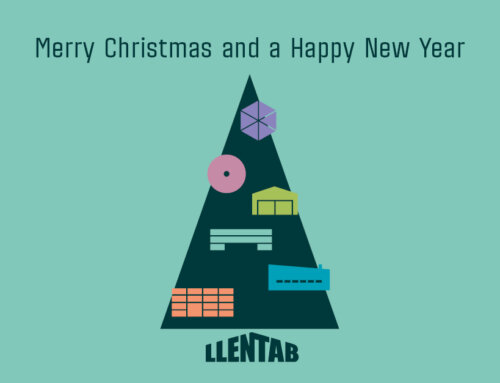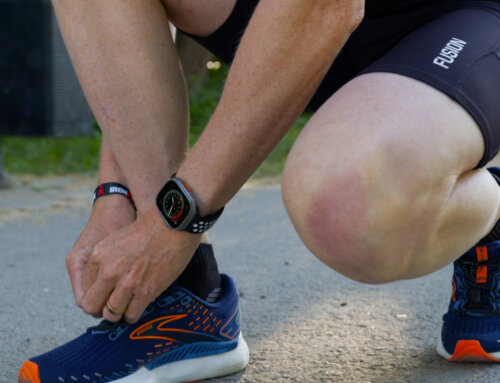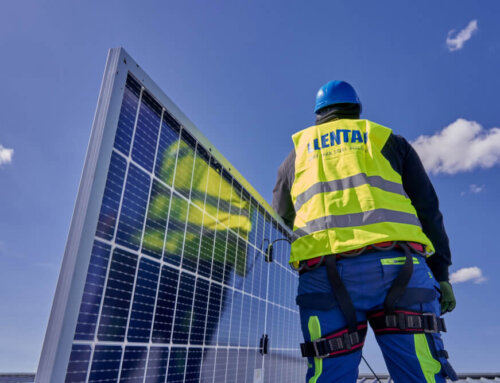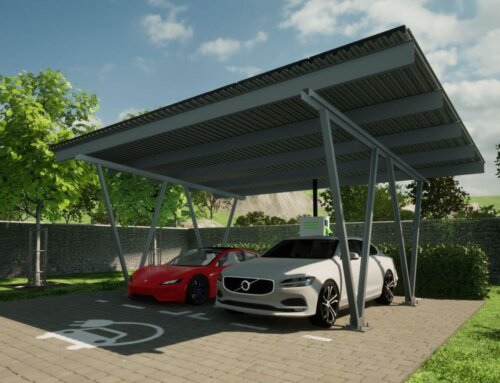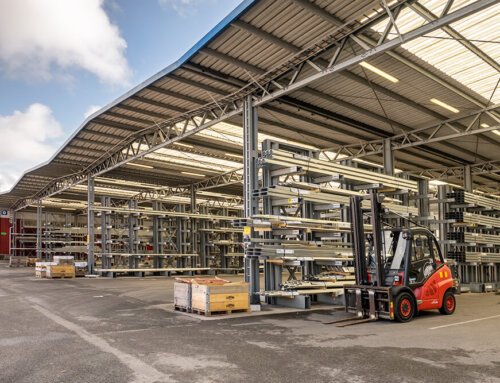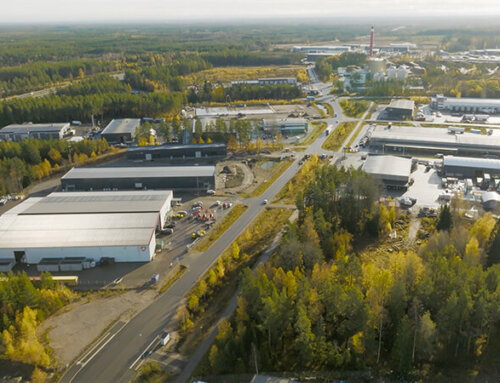LLENTAB’s steel buildings excel with their high quality and design. The objective is to meet all client specifications in terms of the requirements for the premises while placing emphasis on design that will fit its environment. In this respect, LLENTAB works with architect Jan Kupec (STUDIO A) who kindly answered our questions.
Mr Kupec, what are your principal tasks as part of the preparation for the construction of LLENTAB steel halls?
“My task is designing the buildings – from the start to the final phase, from a sketch to the drawings actually used during the construction. As far as the requirements for visual design and layout are concerned, this always depends on the investor’s brief. Some investors may say that the hall will be situated inside a complex so it needs no specific design. Others want to make their buildings presentational. In particular, halls intended for locations up front and near main roads are often meant to represent the company with their design, so the emphasis on appearance is much greater. Those buildings often house offices too, which means that more glass is required, in particular glass façades. In the Czech Republic, functionality is often preferred to aesthetics when it comes to halls, but the situation is improving.”
What is the situation abroad in this respect?
“When I go abroad, I always look at hall designs, of course. For example, you can see halls in the north of Italy, in Austria and Germany that are increasingly striving to have their own DNA so to speak. A company building is a means of presentation. Even a standard storage hall can have its own ‘personality’. If you look at halls in the Czech Republic, grey is the prevalent colour. What you see is groups of grey halls, all looking the same. LLENTAB halls offer great opportunities for design solutions, as they can be fitted with panels of various colours, trapezoidal sheets and also Cembonit boards, coffers, lamellas and even wood panels.”
Can wood be used for the casing of steel halls?
“Exactly. A hall made of sandwich panels may be lined with wood. Of course, it is necessary to regard fire safety and so on. Let’s say that wood will be used on the front side of a steel hall. I am happy that the situation in terms of appearance of halls is improving in our country. This is probably thanks to the thriving economy. For companies, design elements in halls are a means of differentiation from their competitors. LLENTAB duly responds to this trend and has a lot to offer in terms of design options. In addition to the high quality of steel halls, LLENTAB also offers a wide range of design options.”
What are some of the latest trends in steel hall design?
“Various shades of grey colour are used for panels, all the way to black. One trend is using trapezoidal sheets of anthracite or dark colour for the casing. A suitably placed logo is all that is needed to make such a simple colour design shine. Modern design is not all about bright colours. Companies increasingly place emphasis on appearance and function, realising that if a hall looks good and works right, it will also provide a pleasant working environment.”
LLENTAB offers a wide range of colour options for steel hall casing, so I assume that you as an architect have a wealth of choices in this respect?
“You can use any colour from the RAL scale. It always depends on the client’s idea and the architect’s courage. For my part, I am not bold enough to paint an entire façade red. That being said, design is not all about bright colours; as I have said I am an advocate of darker shades of gray to black, of course with other design elements such as a smart looking coloured logo on the wall of a steel building. The design always has to be adapted to the specific location and company so that each solution is unique. Let me get back to wood: if a client specifies a hall for a firm that processes timber and needs a shop with a warehouse somewhere in the Krkonoše mountain region, using wood for the design is an obvious choice. In this example, wood goes well with both the location and the company. Elsewhere, perforated or expanded sheets can provide a tough industrial appearance. These solutions are suitable for metalworking companies and the automotive industry.”
Does the colour of the company’s logo play a role in choosing the colour design?
“The colour of the logo is obviously taken into consideration. If a façade is to bear a logo, its colours are chosen to suit the logo. There are many possibilities and each steel hall is unique for me.”
What do you enjoy about designing steel buildings? They are not villas – they are just industrial structures…
“I design steel halls as well as family houses and their interiors. What I enjoy about the job is the investor’s zeal – when I can tell that they want to have a good-looking hall it makes me happy. Sometimes we end up designing the interior in addition to the exterior, trying to make sure that the employees’ working environment in the hall is the best it can be. I always perceive this as a big challenge. There are many approaches that you can take, but I am always happy when the people who will be working in the hall are taken into consideration. Here is an example: windows in daytime staff rooms can be located close to the ceiling to satisfy sanitary requirements for the amount of daylight they allow inside, or you can make them so that the employees can connect to the exterior through them and ‘drop out’ from the job and relax for a moment. We need to see that connecting the working environment with the exterior markedly improves the way you feel about your working environment. Firms increasingly understand that employees need to feel good at work, which also shows in the high quality of staff areas. In the past, emphasis used to be placed on a beautiful entrance to the office section where the managers and visitors would come through. These days, we also keep the background for the employees in mind.”











